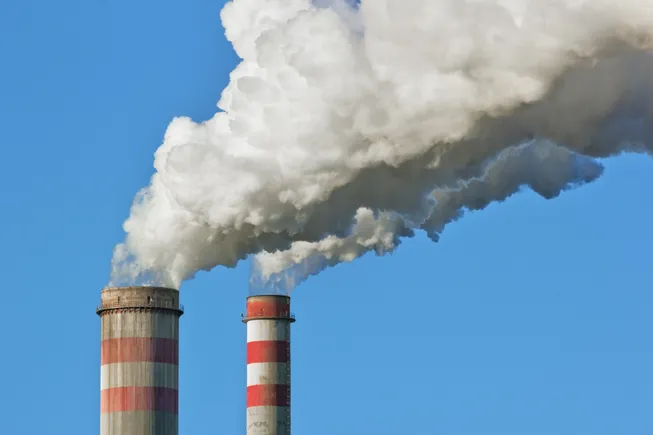
In a statement posted on its site recently, the Texas Railroad Commission (RRC) revealed its latest preliminary crude oil and natural gas production figures.
The preliminary reported total volume of crude oil in Texas in March was 121,361,548 barrels, according to the statement, which showed that the preliminary reported total volume of natural gas in the state during the same month was 918.4 billion cubic feet.
The RRC noted in the statement that crude oil and natural gas production for March came from 157,192 oil wells and 83,898 gas wells.
In its statement, the RRC highlighted that crude oil production reported by the RRC is limited to oil produced from oil leases and does not include condensate, which the organization said is reported separately by the RRC. The RRC also pointed out in the statement that preliminary figures are based on production volumes reported by operators and said they will be updated as late and corrected production reports are received.
The RRC’s statement showed that the updated reported total volume of crude oil in Texas in March 2024 was 143,460,647 barrels. The preliminary reported total volume was 120,766,747 barrels, the statement highlighted. It showed that the updated reported total volume of natural gas in the state came in at 1.07 trillion cubic feet in March last year. The preliminary reported total volume was 931.5 billion cubic feet, the statement outlined.
According to the RRC’s statement, Martin was Texas’ top crude oil producing county by preliminary production in March, with 20,235,596 barrels.
Midland ranked second, with 17,514,942 barrels, Upton was third, with 7,866,736 barrels, Loving was fourth, with 7,395,973 barrels, Reeves was fifth, with 6,406,708 barrels, Karnes was sixth, with 5,980,867 barrels, Howard was seventh, with 5,760,904 barrels, Reagan was eighth, with 5,597,650 barrels, Andrews was ninth, with 4,590,526 barrels, and Glasscock rounded out the top ten, with 3,876,322 barrels, the RRC statement showed.
Reeves was Texas’ top total gas producing county by preliminary production in March, with 86.7 billion cubic feet, the statement revealed.
Midland ranked second in this list too, with 75.4 billion cubic feet, Webb was third, with 73.5 billion cubic feet, Martin was fourth, with 58.0 billion cubic feet, Culberson was fifth, with 40.8 billion cubic feet, Loving was sixth, with 38.6 billion cubic feet, Reagan was seventh, with 36.3 billion cubic feet, Upton was eighth, with 35.3 billion cubic feet, Panola was ninth, with 28.6 billion cubic feet, and Howard was tenth, with 28.1 billion cubic feet, the statement highlighted.
The RRC outlined in the statement that its total gas ranking comprises gas well gas and casinghead figures.
Also this month, the RRC announced in a separate statement posted on its site that it had issued a total of 557 original drilling permits in May 2025.
“The total includes 504 to drill new oil or gas wells, nine to re-enter plugged wellbores, one field transfer, 42 for re-completion, and one reclass,” the RRC noted in that statement.
“The breakdown of well types for total original drilling permits in May 2025 is: 76 oil, 40 gas, 398 oil and gas, 26 injection, and 17 other permits,” it added.
“In May 2025, Commission staff processed 1,178 oil, 421 gas, and 230 injection completions,” it continued.
The Texas RRC notes on its site that it is the state agency with primary regulatory jurisdiction over the oil and natural gas industry, pipeline transporters, natural gas and hazardous liquid pipeline industry, natural gas utilities, the LP-gas industry, critical natural gas infrastructure, and coal and uranium surface mining operations.
The commission exists under provisions of the Texas Constitution and exercises its statutory responsibilities under state and federal laws for regulation and enforcement of the state’s energy industries, the site adds, noting that the commission also has regulatory and enforcement responsibilities under federal law including the Surface Coal Mining Control and Reclamation Act, Safe Drinking Water Act, Pipeline Safety Acts, Resource Conservation Recovery Act, and Clean Water Act.
To contact the author, email [email protected]





















